Art History Is Filled With Influences From Anthropology. Now, a Show in Texas Is Turning That Lens to Contemporary Art
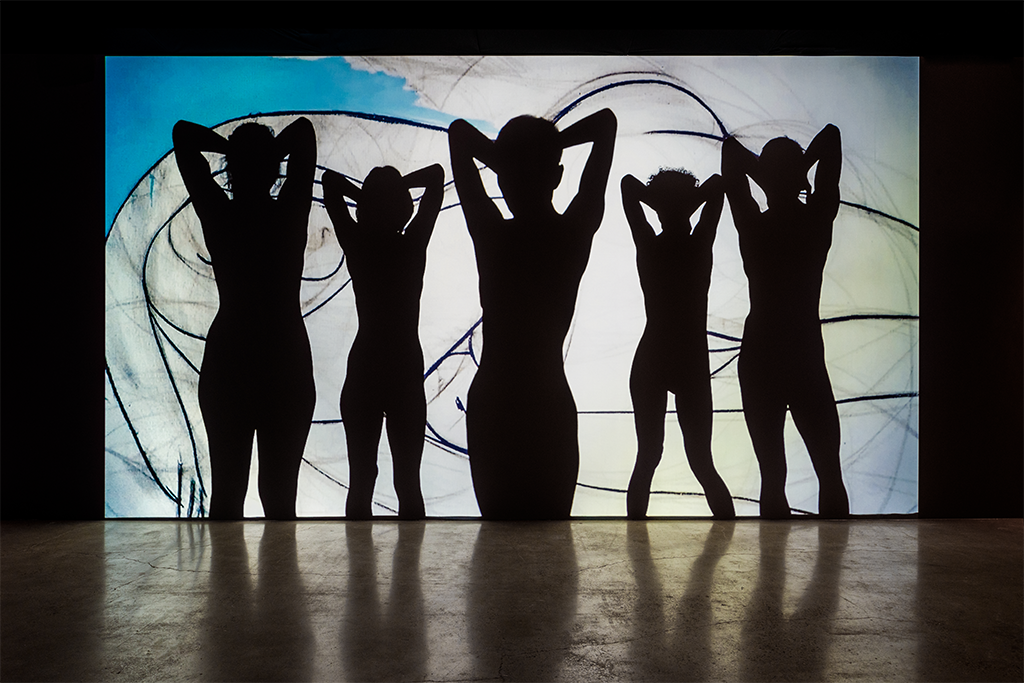

Katie White

In the 19th and early 20th century, archaeological findings famously set off waves in the world of art history. Cezanne, Picasso, and many other French painters in turn-of-the-century Paris were profoundly influenced by the art and objects they saw at the former Trocadero Museum of Ethnology (now the Musée de l’Homme), which can be credited with turns to “primitivist” styles. Similarly, the discovery of the tomb of Tutankhamen in 1922 would exert incredible fascination in the development of the Art Deco visual lexicon.
But while questions surrounding the anthropological in art often seem relegated to the past century, a new exhibition, “The Sorcerer’s Burden: Contemporary Art and the Anthropological Turn,” is asking how contemporary artists intersect with this wide-ranging area of study in today’s world.
The dazzlingly diverse exhibition encompasses works by 11 artists across mediums, from film to paintings to sculpture, and is spread across two locations, The Contemporary Austin Jones Center in downtown Austin, Texas, and the lakeside Laguna Gloria, about a 15-minute drive away, where works fill the historic home and dot out into the sculpture park.
The exhibition itself is divided into four distinct themes, each of which frames a way of thinking about the anthropological in contemporary art. One of the themes, “Thing,” for instance, delves into the complications of appropriation and includes the work by Nathan Marby and Julia Wachtel. The other three sections have more poetic frames:”Ritual, Magic, Myth;” “Spyglass of the Heart;” and lastly “Further Afield.” The latter two themes make reference to writings by Zora Neale Hurston and Lucy Lippard, respectively.
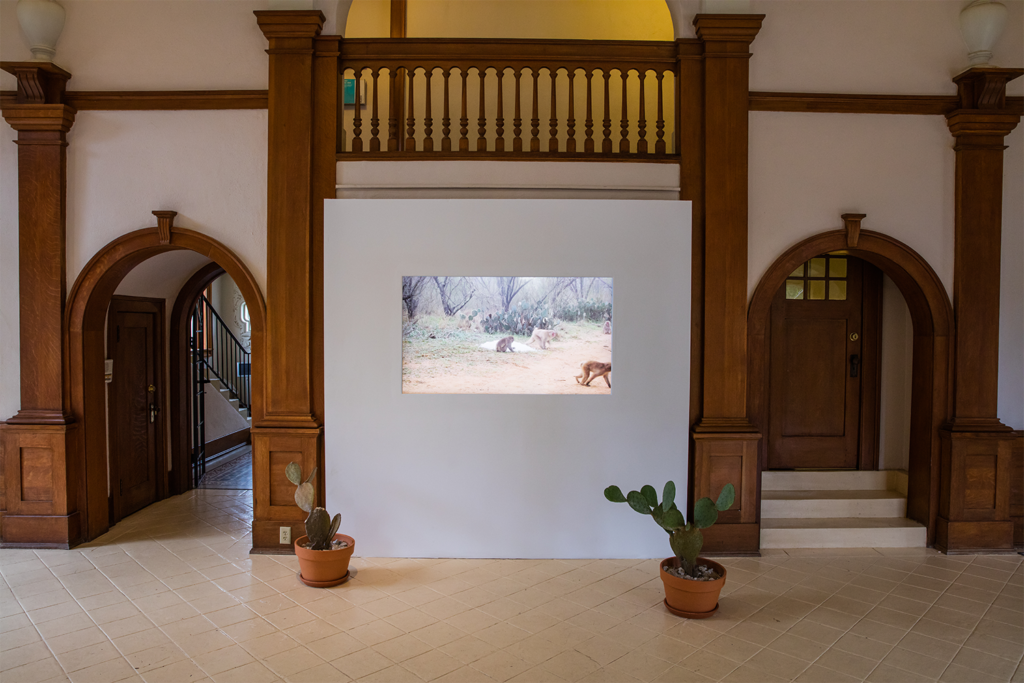
Shimabuku, The Snow Monkeys of Texas: Do Snow Monkeys Remember Snow Mountains? (2016). Courtesy of The Contemporary Austin.
Film is especially present, with Theo Eshetu’s works attempting to visually translate art-historical movements into motion picture and Nuotama Bodomo’s fascinating Afronauts, a fictionalized re-telling of the Zambia Space Academy’s real mission to launch a 16-year-old girl into space.
Beyond seeing how anthropology has influenced contemporary artistic creation, the show also delves into the ways artists are crossing into areas traditional to anthropologists, including field work and documentary, Especially in the case of the outdoor sculptures of Ruben Ochoa and Marie Lorenz one understands how man-made objects have in some sense become part of our “native” contemporary environments.
See images of “The Sorcerer’s Burden: Contemporary Art and the Anthropological Turn” below.
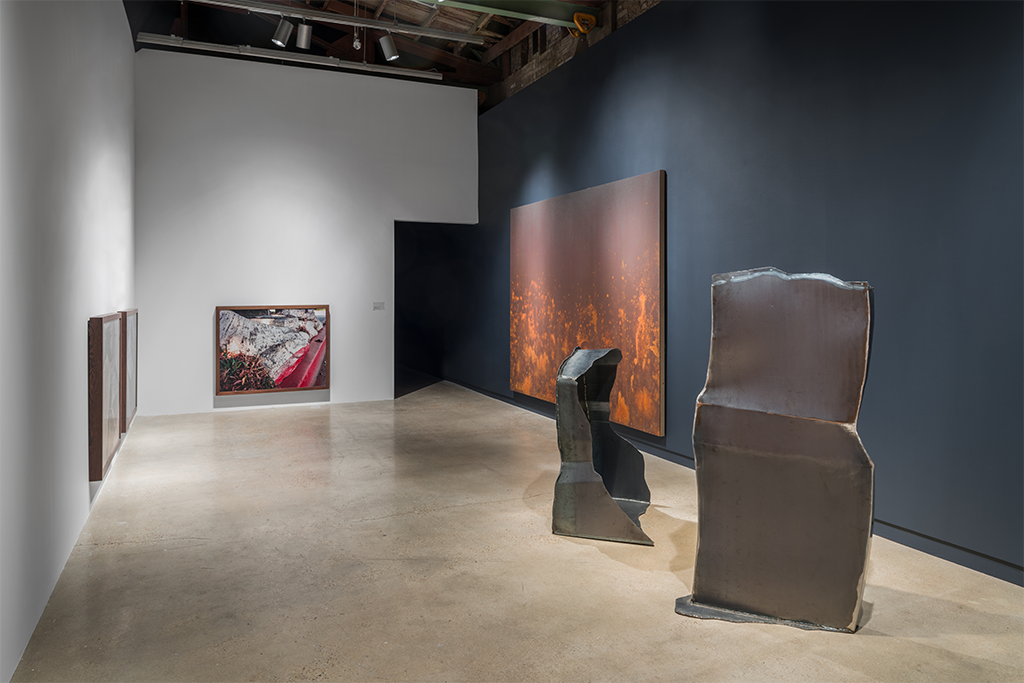
Installation view of “The Sorcerer’s Burden: Contemporary Art and the Anthropological Turn,” 2019. Courtesy of the Contemporary Austin.
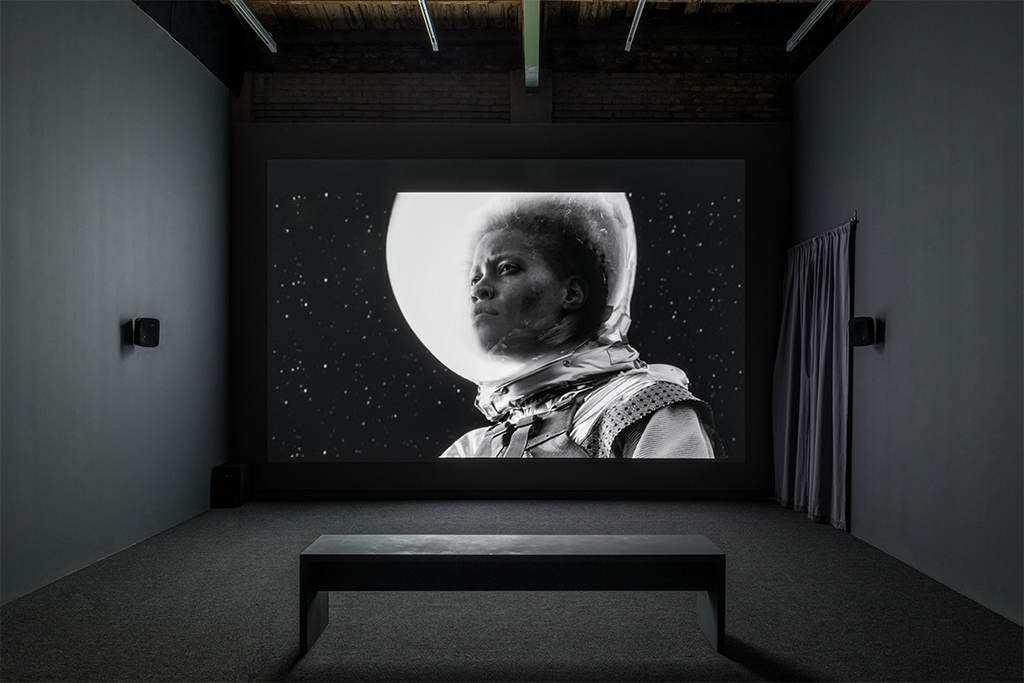
Nuotama Bodomo, Afronauts (2014). Courtesy of the Contemporary Austin.
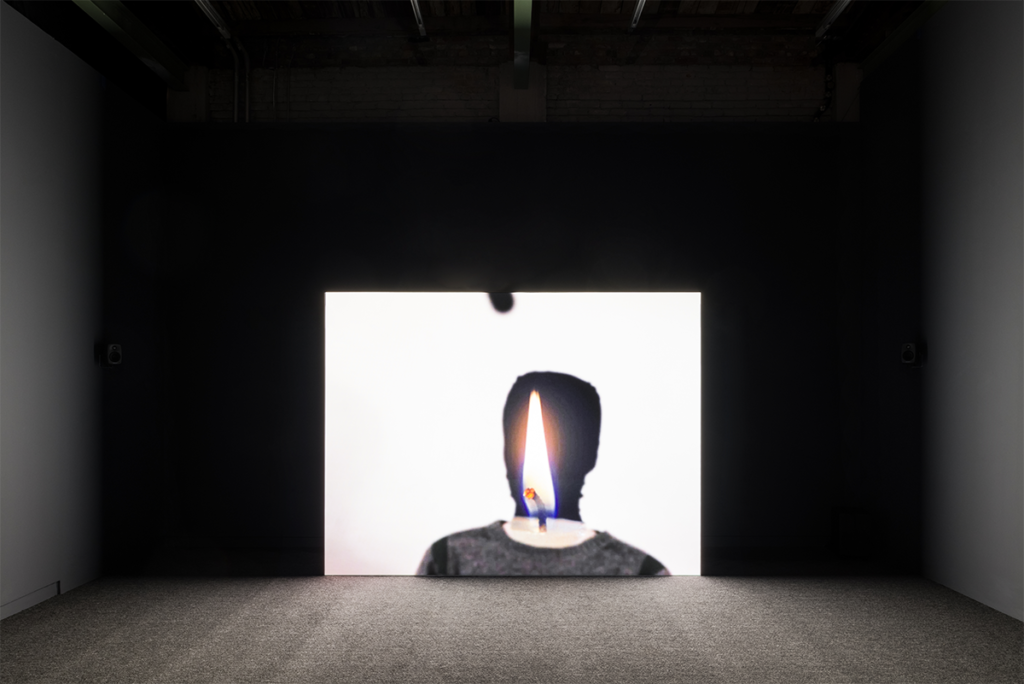
Ed Atkins, Material Witness OR A Liquid Cop (2012). Courtesy of The Contemporary Austin.

Marie Lorenz, Trap and Weir (2019). Courtesy of The Contemporary Austin.
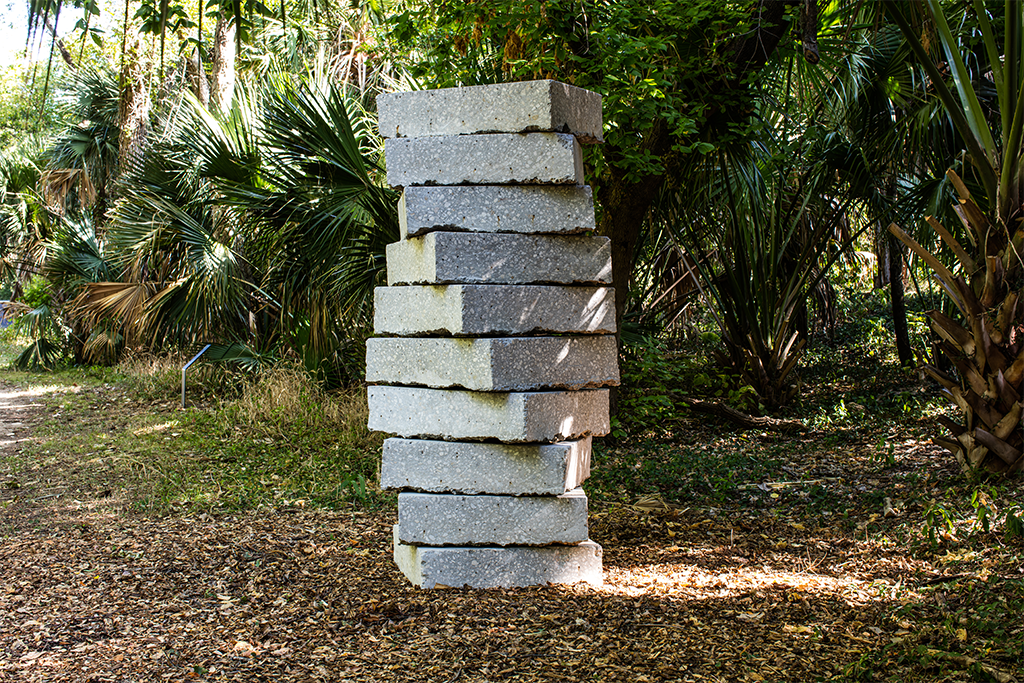
Ruben Ochoa, A Bit of Detritus (2011). Courtesy of The Contemporary Austin.
“The Sorcerer’s Burden: Contemporary Art and the Anthropological Turn” is on view through February 2, 2020 at the Contemporary Austin.